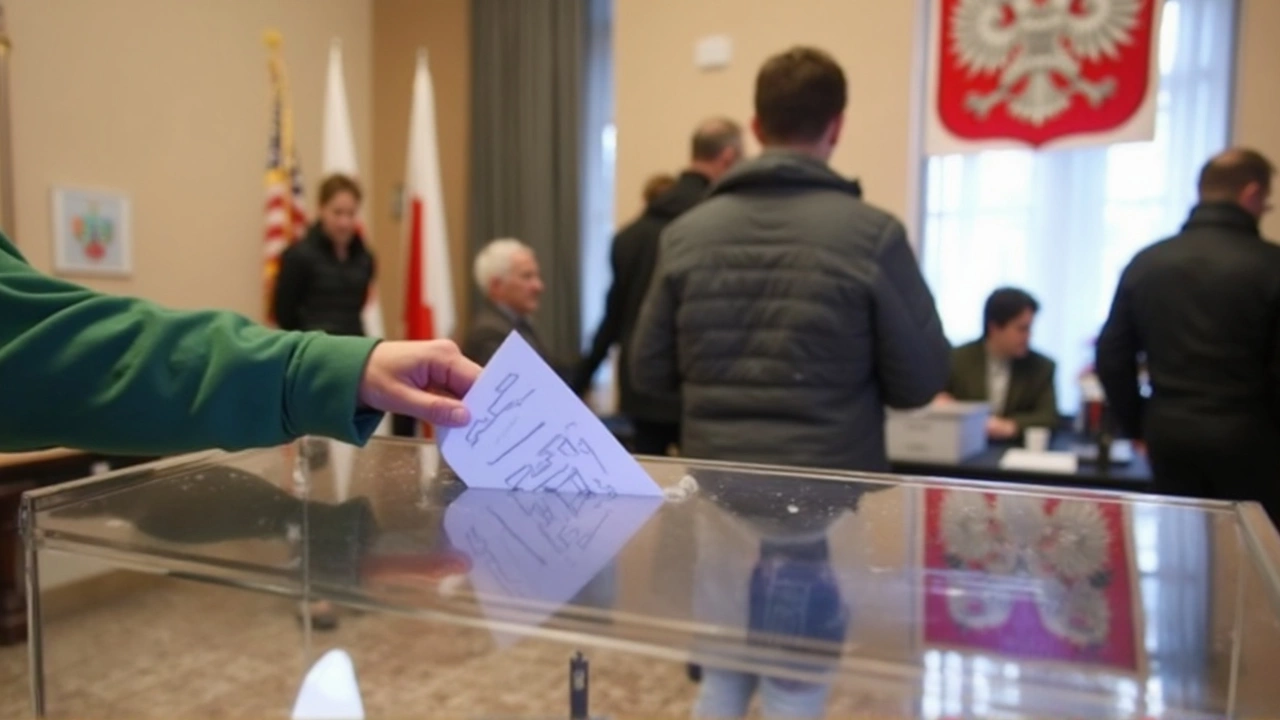TikTok’s Algorithm Stirs Controversy in Poland’s Presidential Race
If you’re scrolling through TikTok in Poland these days, what you see might say more about algorithms than public opinion. A fresh investigation by Global Witness, a non-profit tracking online harms, has just exposed a striking pattern: TikTok seems to be amplifying far-right voices ahead of the hotly-contested presidential runoff.
Researchers set up brand new TikTok accounts in Poland, following a balanced mix of political content without giving clues about their leanings. What happened next? TikTok flooded those accounts with content boosting nationalist candidate Karol Nawrocki—a staggering five times more often than material backing his centrist rival, Rafal Trzaskowski, even though Trzaskowski's own TikTok presence is bigger. He boasts 12,000 more followers and almost a million more likes than Nawrocki, but his backers’ content just isn’t getting through in users’ feeds.
The scale of this difference jumps out. According to the data, these supposedly neutral accounts couldn’t avoid a wall of hard-right material, regularly featuring anti-EU rhetoric, populist memes, and campaign slogans pushing a nationalist agenda. It didn’t matter that Trzaskowski actually edged ahead in the first round of voting with over 31%, just ahead of Nawrocki’s 29.5%. On the 'For You' page, the right-wing voice is unmistakably louder.
Repeat Patterns and a European Worry
This isn’t TikTok’s first algorithmic controversy in Europe. Back in Romania and Germany, watchdog groups caught the platform’s algorithm red-handed, pushing far-right content as elections approached. It’s a cycle that seems to repeat as soon as the stakes get political.
That’s got experts on edge. Ava Lee from Global Witness put it bluntly: TikTok still isn’t fixing a bias that seems hardwired into its recommendation system. Despite all the election warnings, the platform isn’t slowing the tilt toward hard-right material. Why does this matter? The risk isn’t just online noise—it’s about what ideas rise to the top, who dominates public debate, and, ultimately, how voters make decisions. Especially among younger people, TikTok is now a key news source, and the algorithm’s shadow looms large.
The European Commission is taking this seriously. After a contentious and ultimately annulled Romanian election last year, Brussels opened a formal investigation into TikTok’s ability to manage election risks. The platform faces pressure to prove it can play fair, or face possible regulation—or even fines—if it can’t.
The stakes are painfully real. In a near-split country, where one percentage point could swing who becomes president, the spotlight is now burning hot on how tech platforms—and TikTok in particular—shape the choices voters see. As the June 1 runoff approaches, questions about algorithmic fairness and the boundaries of influence technology can wield over democracy aren’t going away. They’re only getting louder.
